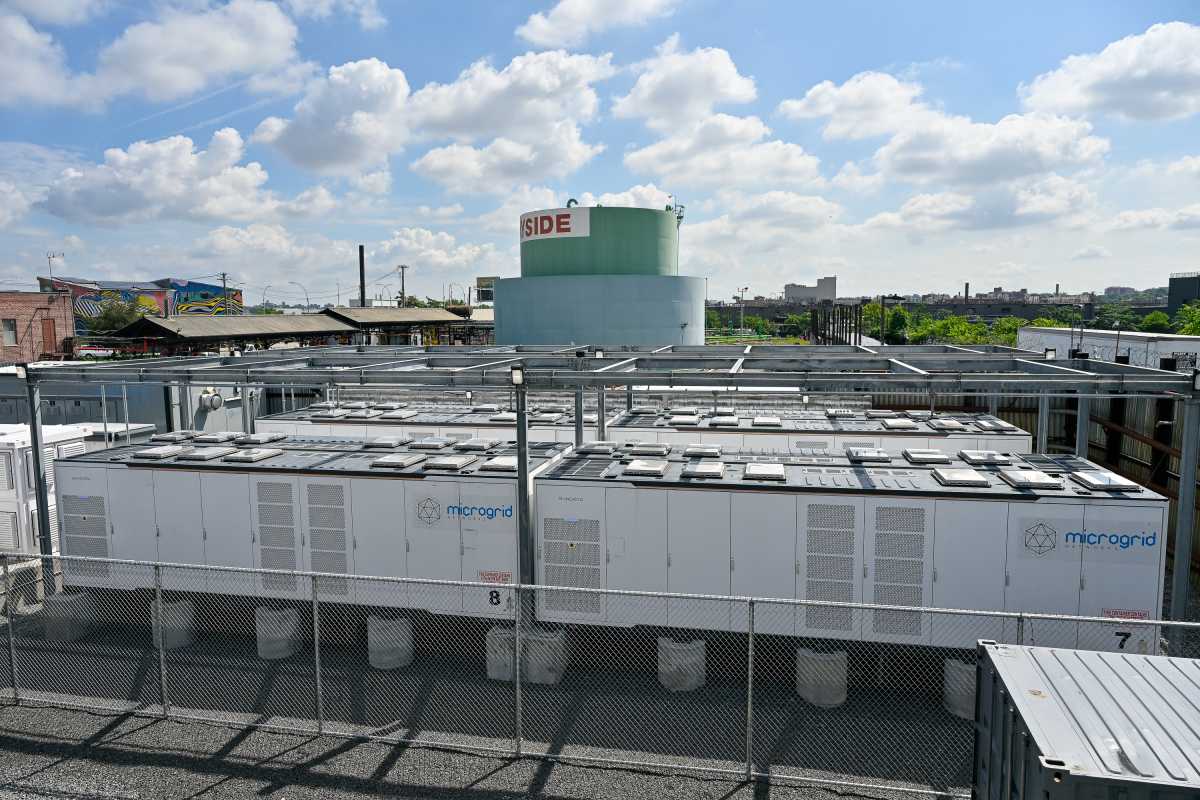Republicans Marco Rubio, Rand Paul, John Kasich and Chris Christie all have plans or will soon. The same goes for Democrats Bernie Sanders and Martin O’Malley. Hillary Clinton joined the crowd last week with a $350 billion package of ideas.
It’s all aimed at helping young people afford to go to college and pay off the debts that come due later. For anyone running for president in 2016 — and hoping to win the millennial vote — promising to fix the student-loan mess seems essential.
It’s certainly a problem: More than 40 million young adults have unpaid college loans, almost twice as many as a decade ago. The total outstanding, $1.2 trillion, exceeds what households owe on their credit cards or car loans. One in six borrowers is delinquent or in default.
The first rule for a new program is, or should be, do no harm. Yet none of the plans released so far would do enough to lessen the need for students to borrow.
Easy credit has been the enabler in encouraging tuition increases and ever-bigger college loans, a recent study by the Federal Reserve Bank of New York found, much the same way that easier mortgage credit caused home prices to skyrocket as borrowers took on debt they couldn’t possibly repay. For every additional $100 in government loans to students, colleges raised tuition $65, the Fed found. A 2012 study on for-profit colleges found they raised tuition to maximize student aid.
While it’s unclear if the studies found the cause of higher tuition or just a statistical correlation, it’s obvious that when student loans are plentiful, colleges have few incentives to reduce costs to students.
Digging into default data, it appears Clinton and her fellow Democrats are overly fixated on a problem that doesn’t really exist: Much of the new spending they propose would go toward helping graduates of four-year colleges, as well as medical and law schools, pay down their loans.
Clinton would do this by helping existing college debtors refinance their loans at lower interest rates. (Some are paying as much as 10 percent interest, while today’s federal rate, which Congress sets, is only 4.29 percent.) Those who need it the least would get most of the refinancing benefit, since more debt is held by students coming out of the costliest programs. Their graduates tend to be high earners who came from more affluent households in the first place and have the ability to pay down student loans.
The richest 25 percent of families hold 40 percent of the student loans, a 2014 Brookings Institution study found. The bottom quarter of households, meanwhile, would get less than one-fifth of the benefit. “Subsidies that do not change behavior, as would be the case with loan refinancing, simply amount to wealth redistribution,” the authors conclude.
Surprisingly, the less student debt a person owes, the more he or she is likely to default, the New York Fed found. The highest default rate — at nearly 34 percent — occurs among borrowers owing less than $5,000. Those owing more than $100,000 have a default rate of only 18 percent. The reason for this could be that low-income borrowers didn’t complete their studies and are unemployed, or they finished school and have such low- paying jobs that they can’t afford payments of even $50 a month.
It makes sense, then, that the presidential candidates focus their solutions on this subset of debtors. The best idea — pegging loan repayments to income — is already in use by the Barack Obama administration. The popular program limits repayments to 10 percent of income and forgives any balance due after 20 years.
Yet even that program has flaws. For one, it creates moral hazard by forgiving loan balances. If the balance is automatically wiped out after 20 years, why care if the loan is never paid off? It also gives borrowers an incentive to be satisfied with lower-paying jobs and not try to climb the career ladder. After all, a pay raise would mean higher monthly student-loan payments.
One way to avoid perverse incentives, and to channel taxpayer money to where it’s most needed, is to substitute loan refinancing — which should phase out as income rises — for loan forgiveness.
Here’s another thought: The Fed study found that default rates climbed rapidly in the first five years of repayment. Why not give lower-income borrowers a five-year grace period?
By focusing all three forms of assistance — loan refinancing, pegging repayments to income and five-year grace periods — on lower- and middle-class households, solutions to the student-loan morass would be highly progressive.
Taxpayers wouldn’t be subsidizing higher-income borrowers. And colleges may finally have to figure out how to cut costs instead of just passing them through to students.
Paula Dwyer writes editorials on economics, finance and politics.































